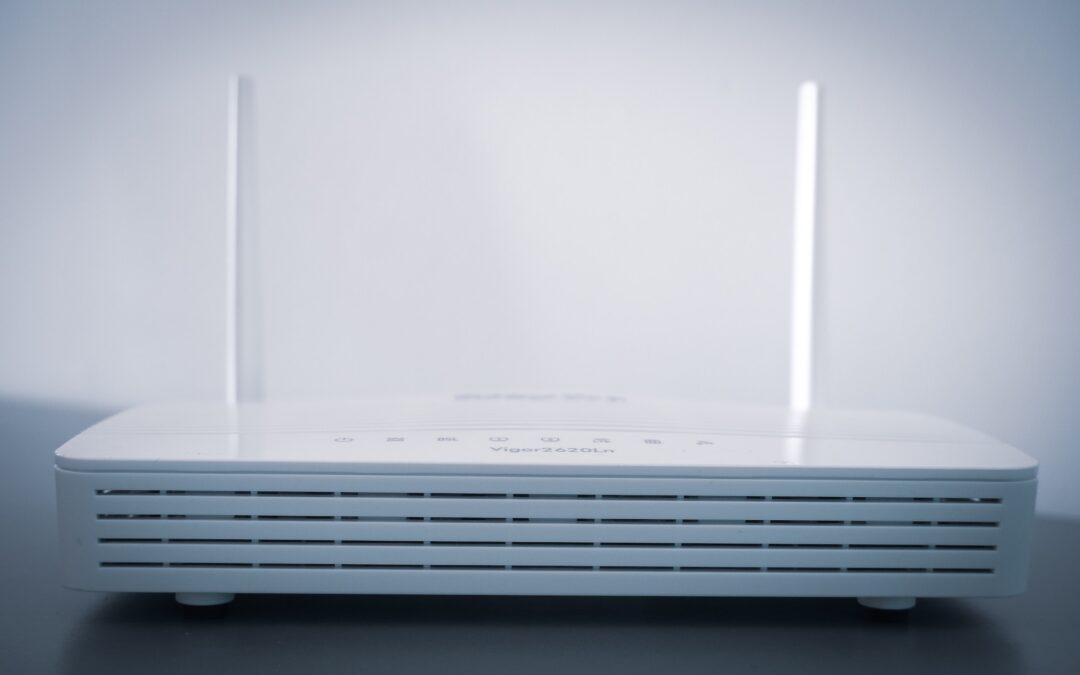It’s difficult to argue with the fact that connectivity optimises business flow. Ensuring that your team can collaborate seamlessly is critical to organisational efficiency, which in turn will play out in business success. In order to do so, you need a broadband connection that can keep up to speed with your communications and computing needs. No one wants video lag, out of sync audio, or disconnected calls – or slow loading web pages that gradually add up to a huge delay each week.
For a charity or small business, there are two main options that you can use – FTTP or a leased line.
There are many similarities to these data connectivity services, so it can be hard to know which is best. This article aims to provide some clarity and help you decide once and for all – FTTP or leased line?
What is FTTP?
FTTP means ‘fibre to the premises’. It’s an internet connection that’s designed for small business and consumer use. It works by sending data over a fibre optic cable from the exchange to the user’s premises. Because FTTP relies on existing broadband infrastructure, users share bandwidth. At busier times then, the service is vulnerable to slower connection speeds and unreliability.
What is a leased line?
Otherwise known as a fibre leased line, this is a dedicated fibre optic service with a fixed bandwidth that is provided directly to the premises. A leased line, unlike FTTP, connects directly to the public internet – there’s no shared infrastructure, and the journey taken by the data is therefore very different.
Because leased lines are dedicated, their bandwidth is reserved exclusively for the user – it won’t be affected by peak times. A leased line is also symmetric, which is industry jargon for when a service uploads data at the same speed at which it downloads. This is particularly useful for uploading or sending large files, or for using VoIP telephony on a large scale.
FTTP vs leased line – the lowdown
Speed and bandwidth
For an FTTP service, the highest download speed available ranges from 300mbps and 1gbps. Because you share the infrastructure with other users, your bandwidth is more likely to be compromised at busier times. Typically, it’s around 32 customers – but on a leased line, 100% of the bandwidth is yours for use.
This can have significant impacts on the speed of broadband connectivity. Leased lines can have connection speeds of up to 10Gbps and have symmetric upload and download speeds. Speeds for FTTP, by comparison, are asymmetrical – this is less ideal for high-demand users.
Traffic
Leased lines have 24/7 availability, 365 days a year, meaning unlimited data transfers. For FTTP, however, you might have a monthly data transfer quota, so you may need to stay on top of your data usage.
Price
There’s a distinct difference in price for FTTP vs leased line. FTTP is cheaper per month because it’s a contended service that’s specifically aimed at residential consumers or small businesses. FTTP will usually be around £30-60, depending on the speed of broadband that you choose, and the provider.
Leased lines cost around £150 per month for lower bandwidths. Leased lines also take around 60-90 days to be installed, and you may incur charges – known as excess construction charges – in the process, which can hike prices up. By contrast, FTTP takes only 10-15 days for a new installation.
Service Level Agreement – SLA
Both services will have an SLA – but the leased line SLA will be more thorough. If there’s a fault that needs repairing, you’ll usually have this fixed within five hours with a leased line, but with an FTTP, it can take around two days.
Similarly, the speed of the leased line will tend to be agreed upon in the SLA. If the service is consistently slow, you may be entitled to compensation from the provider – you won’t get this with FTTP. The leased line also comes with 24/7 support – for FTTP, support will usually be limited to business hours.
Reliability
If you’re using an FTTP connection, you may notice a change in connection speed at peak hours. Leased lines will never fall vulnerable to changes like this, so the connection should never drop out unless there’s a fault. In short, they’re far more reliable.
Availability
If you can afford a leased line, it’s available to the entirety of the UK. FTTP, by comparison, is available to around 94% of the UK.
Contracts
FTTP contract terms are usually 12 months, 18 months or 24 months, whereas leased line are 12 months, 36 months, or 60 months. Bear in mind, too, that if you opt for the 12-month leased line, the installation charge will be significantly larger as there will be fewer months to spread the cost.
Leased Line vs FTTP – which is best?
For small businesses, charities or residential consumers, FTTP will do the trick. Typically for these consumers, there’s no need for 24/7 service 365 days a year, and there won’t be huge amounts of data transfer taking place. That’s not to say, however, that FTTP won’t tick the boxes if you want fast internet without the added benefits of a dedicated line – it’s also a cheaper option.
If you’re part of a larger organisation, however, and are keen to have a reliable, dedicated service underwritten by a thorough SLA, a leased line is the way to go. That way, you have peace of mind that your broadband will stand up to the test and that, when something does go wrong, it can be resolved swiftly with minimum organisational disruption.
Speak to one of our team about your connectivity needs today. We’ll make sure you have the best connectivity at the right cost so that your team can turn its attention to where it really counts.





